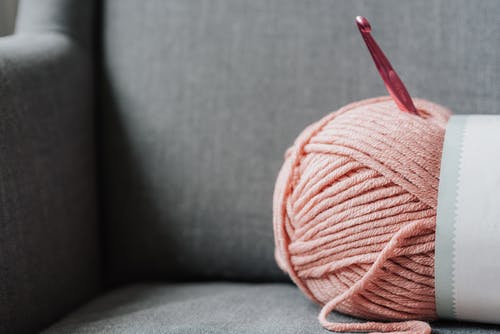A warm knit blanket that you’ve created yourself is one of the most soothing things you can do when the weather turns cold in winter. Whether for the holidays, birthdays or just because you enjoy them, blankets are wonderful gifts for a variety of occasions.
Blanket-Knitting Tips and Tricks
When the weather drops, everyone needs something warm and comfortable to snuggle up in at night. Here are some pointers for knitting a blanket.
Appropriate Fiber and Handling
Assume you’re planning to wash your blanket in the washing machine. In this case, a synthetic yarn or a superwash yarn (a natural fiber that has been treated to enable washing without shrinking) will be needed. If you don’t mind washing the cloth by hand, you may use whatever fabric you like. Check out Coco yarns available at Darn Yarn, they offer handwash types of yarns.
Warmer blankets should be made from woolen-spun or lofty yarns rather than cotton. It is due to the fact that the fibers are more effective in trapping air, resulting in a more comfortable blanket. All of the steps of the wool spinning process include cleaning, carding, and spinning the wool. When it comes to production, the carder machine is essential because it opens the fibers and combines them into a soft sheet that resembles a wooly web.
Because of the spinning technique used, twisted yarn will last longer, pill less, and be heavier than other types of yarn. Although these yarns may not be as warm as wool-made ones, they may be more durable. It does not follow that a blanket made of worsted yarn is insufficiently warm; it simply follows that it does not retain as much heat like a blanket made of woolen-spun yarn. If you want to knit blankets with character-inspired hues, you should buy the products of Nerdy Needles Knitting.
Blanket-Knitting Ergonomics
The kind of yarn you choose may also have an impact on how your hands feel. In terms of ergonomics, untreated (non-superwash) wools need less effort from the knitter’s hands than their superwash equivalents. This is because the procedure that makes the yarn washable also makes it more slippery to handle. It would be necessary to spend more effort selecting a needle that fits the slipperiness of the yarn; for example, a more grippier needle would be required.
When knitting a blanket, it is suggested that you use a circular needle or knit the blanket in parts and then sew them all together. The weight of the veil should support the knitter’s lap. When using single-point needles, the object’s weight is put behind the knitter’s hands, making it difficult for the forearm muscles to maintain the importance of the item as it is being worked on. Check this popular local indie dyer, If you are looking for affordable yet Elegantly Twisted Yarns.
Conclusion
Throw blankets are exciting projects to work on because they allow the knitter to emphasize either warmth or durability as the blanket’s primary focus. The following characteristics must be considered while knitting or crocheting: heat, durability, and the ability to be machine cleaned.

